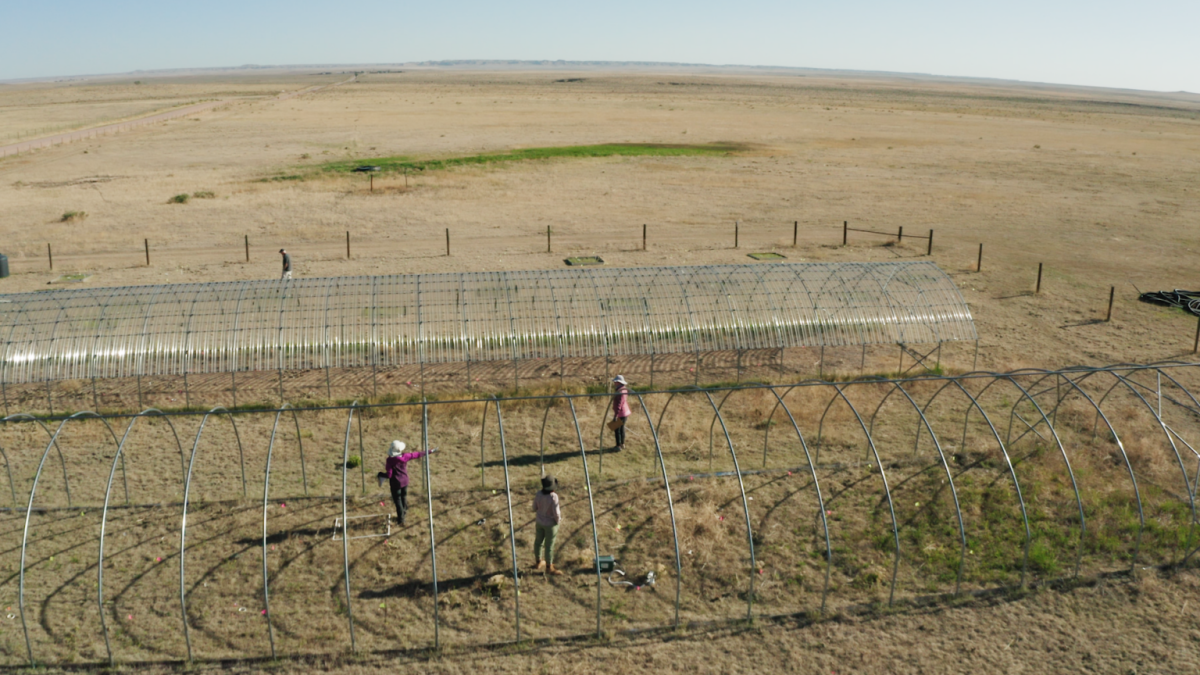(Resource News International) — A late spring and the late development of canola crops will result in a significant decline in the area that will be seeded to winter wheat in Western Canada in the fall of 2009, according to industry participants.
Western Canadian producers seeded 1.245 million acres to winter wheat in the fall of 2008. Of that total, 930,000 acres survived the winter, according to figures from Statistics Canada. In the fall of 2007, 1.34 million acres were planted.
“With the late canola harvest and the crop insurance deadline for winter wheat fast approaching, winter wheat area in Western Canada in the fall of 2009 was expected to be less than two-thirds of what was planted in the fall of 2008,” said Jake Davidson, executive manager of Winter Cereals Canada at Minnedosa, Man.
Read Also

Prolonged drought causes unprecedented productivity loss: Study
Colorado State University — Extreme, prolonged drought conditions in grasslands and shrublands would greatly limit the long-term health of crucial…
Winter wheat in Western Canada is normally seeded into the stubble of canola in order to trap snow cover for the crop over the winter, he said.
“Some producers take chances with planting winter wheat into harvested peas, but the problem with that is the producer is taking a chance on the snow cover issue,” Davidson said. “It’s a lot riskier as it makes the crop more vulnerable to winterkill.”
Davidson also pointed out that the deadline for producers in Manitoba and Saskatchewan wanting to get crop insurance for winter wheat is Sept. 15. For producers in Alberta, the deadline ranges from Sept. 20 to 30, with the timeline dependent on the region of the province.
“That only gives producers who still have canola standing in the fields a couple of days, which is next to impossible to swath and harvest in that kind of time frame,” he said.
Canola needs to be left in swath for at least a week or so, he said.
Producers have been known to plant winter wheat after the deadline and take their chances, but that would only account for a small percentage, Davidson said.
Bruce Burnett, director of the Canadian Wheat Board’s crop and weather surveillance department, agreed that the area seeded to winter wheat will be significantly lower than it was in the fall of 2008.
However, Burnett pointed out that while winter wheat area will be down in the fall of 2009 it will still be a lot higher than the 500,000-acre average seen a number of years ago.















